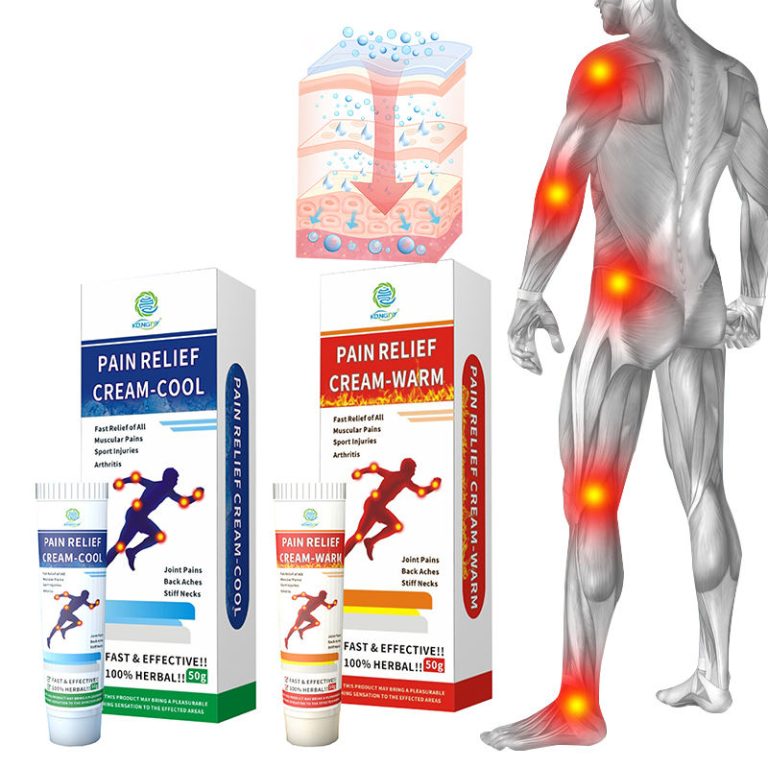Pain relief creams have become a popular choice for individuals seeking relief from various aches and pains. These topical products, often containing a combination of active ingredients, promise to alleviate discomfort by targeting the affected area directly. But how exactly do these creams work, and what is the science behind their effectiveness?
- Understanding the Pain Mechanism
To understand how pain relief creams work, it’s essential to have a basic understanding of the pain mechanism. Pain is a complex phenomenon that involves the transmission of signals from the site of injury or inflammation to the brain via specialized nerve fibers called nociceptors. These signals trigger the release of various chemicals, including prostaglandins and bradykinin, which contribute to the perception of pain and inflammation.
- Targeted Delivery of Active Ingredients
Pain relief creams typically contain a variety of active ingredients that work through different mechanisms to alleviate pain and discomfort. When applied topically, these ingredients are absorbed through the skin and can target the affected area more directly, bypassing the digestive system and minimizing potential side effects associated with oral medications.

- Common Active Ingredients and Their Mechanisms
- Counterirritants (e.g., menthol, camphor):
These ingredients create a cooling or warming sensation on the skin, which can help distract from the underlying pain by stimulating different sensory receptors. They may also have mild analgesic and anti-inflammatory properties. - Non-steroidal Anti-inflammatory Drugs (NSAIDs) (e.g., diclofenac, ibuprofen):
Topical NSAIDs work by inhibiting the production of prostaglandins, which are involved in the inflammatory process and pain perception. They can help reduce inflammation, swelling, and discomfort associated with various conditions, such as arthritis and muscle strains. - Capsaicin:
Derived from chili peppers, capsaicin initially causes a burning sensation by stimulating the pain receptors on the skin. However, with repeated applications, it can deplete the neurotransmitters responsible for transmitting pain signals, leading to a gradual reduction in pain perception. - Salicylates (e.g., methyl salicylate):
These ingredients have anti-inflammatory and analgesic properties similar to aspirin. They work by inhibiting the production of prostaglandins and other inflammatory mediators, helping to reduce pain and inflammation. - Transdermal Absorption and Localized Effects
One of the key advantages of pain relief creams is their ability to deliver active ingredients directly to the affected area through transdermal absorption. This localized delivery can help minimize systemic side effects that may occur with oral medications, as the active ingredients are primarily concentrated at the site of application.
It’s important to note that while pain relief creams can provide relief for various types of aches and pains, their effectiveness may vary depending on the individual’s condition, the severity of the pain, and the specific formulation of the cream. Additionally, some individuals may experience skin irritation or allergic reactions to certain ingredients, so it’s essential to follow the instructions carefully and consult a healthcare professional if concerns arise.
By understanding the science behind pain relief creams and their mechanisms of action, individuals can make more informed decisions about incorporating these products into their pain management strategies, potentially enhancing their overall quality of life.






